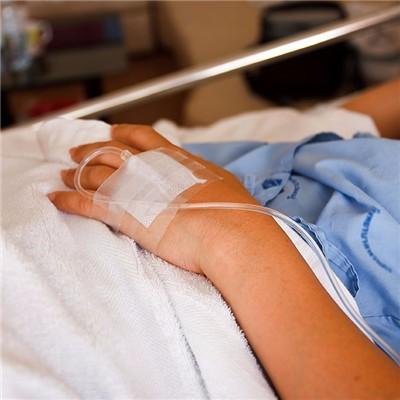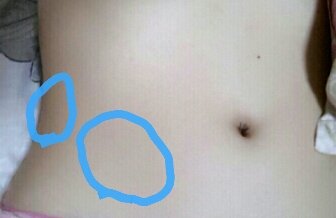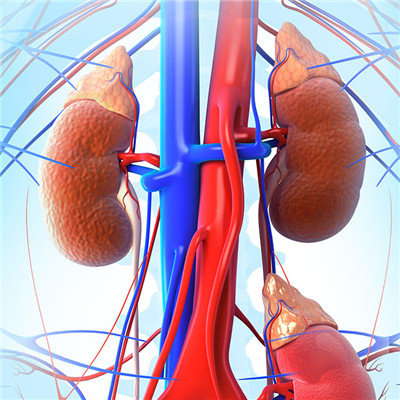Where is lupus erythematosus
summary
Lupus erythematosus (LE) is a typical autoimmune connective tissue disease, which is common in women aged 15-40. Lupus erythematosus is a spectrum disease, which can be divided into discoid lupus erythematosus (DLE), subacute cutaneous lupus erythematosus (SCLE), systemic lupus erythematosus (SLE), deep-seated lupus erythematosus (LEP), neonatal lupus erythematosus (NLE), drug-induced lupus erythematosus (DIL) and other subtypes. Where does lupus erythematosus have? Let's talk about it
Where is lupus erythematosus
Discoid lupus erythematosus: mainly involving the skin, is the lightest type of lupus erythematosus. A few cases may have mild visceral damage, and a few cases may turn into systemic lupus erythematosus. At the beginning of the skin damage, there were one or several bright red spots, which were large from mung bean to soybean. There were adhesive scales on the surface, and then gradually expanded into a round or irregular shape. The pigment on the edge was significantly deepened, slightly higher than the center. The central color is light, and can be atrophic and low-lying. The whole lesion is discoid (hence the name discoid lupus erythematosus). The lesions were mainly distributed in the areas exposed to sunlight, such as the face, ear ring and scalp. A few of them could involve the upper chest, back of hand, forearm, lip and oral mucosa. Most patients have no symptoms, but it is difficult to completely subside. The new damages may increase gradually or remain unchanged for many years. The damages may be distributed symmetrically, or they may fuse into a piece. The damages in the middle of the face may fuse into a butterfly shape. Discoid lesions worsen after sun exposure or fatigue. Damage to the scalp can cause permanent hair loss. Old lesions may occasionally develop into squamous cell carcinoma of the skin.
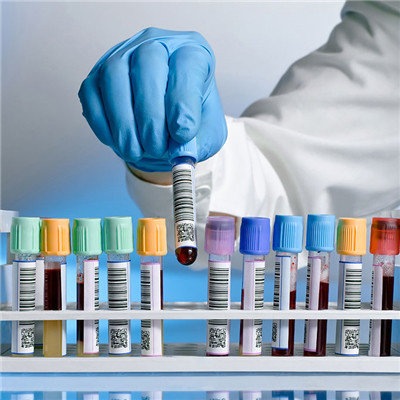
Subacute cutaneous lupus erythematosus is a special intermediate type. There are two types of skin damage, one is annular erythema type, which is a single or multiple scattered erythema. It is annular, semi annular or multiple annular, dark red, slightly swollen edge, red halo on the outer edge, pigmentation and telangiectasia after the central subside, and it is prone to occur on the face and trunk; The other type is papule scale type, which is similar to psoriasis, including erythema, papule and patch. There are obvious scales on the surface, mainly distributed in the trunk, upper limbs and face. Most of the two kinds of lesions exist alone, and a few can exist at the same time. The main symptoms are arthralgia, muscle pain, repeated low fever, and a few have nephritis and blood system changes.
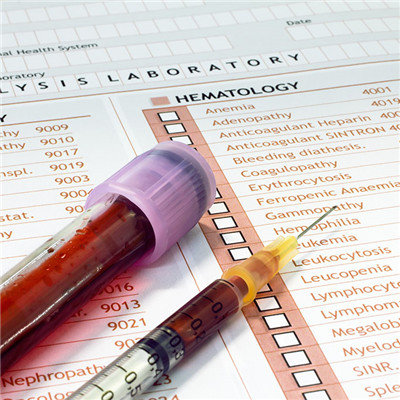
Systemic lupus erythematosus is the most serious type of lupus erythematosus. The vast majority of patients with onset of multi system damage performance, a small number of patients developed from other types of lupus erythematosus. Some patients also accompanied with other connective tissue diseases, such as scleroderma, dermatomyositis, Sjogren's syndrome, forming a variety of overlap syndrome. The clinical manifestations of systemic lupus erythematosus (SLE) are various, complex and more serious, which can endanger the lives of patients due to lupus nephritis, lupus encephalopathy and the side effects of long-term and large-scale use of drugs.
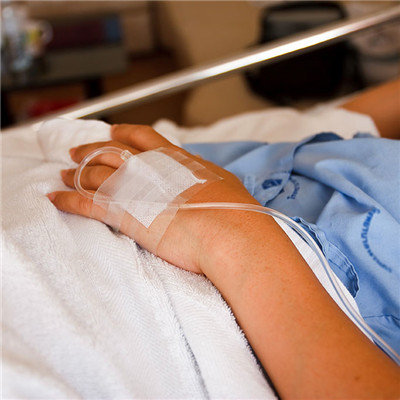
matters needing attention
(1) We should build up strong confidence to fight against diseases( 2) Avoid sunlight, especially for those who are sensitive to sunlight. Go out should pay attention to sunscreen, avoid using photosensitive drugs, such as phenothiazine, hydrochlorothiazide, sulfonamides and griseofulvin( 3) Avoid overwork, acute or active SLE should stay in bed. Avoid pregnancy, should not take contraceptives, renal function damage or multi system damage contraceptive failure, early treatment of abortion.




